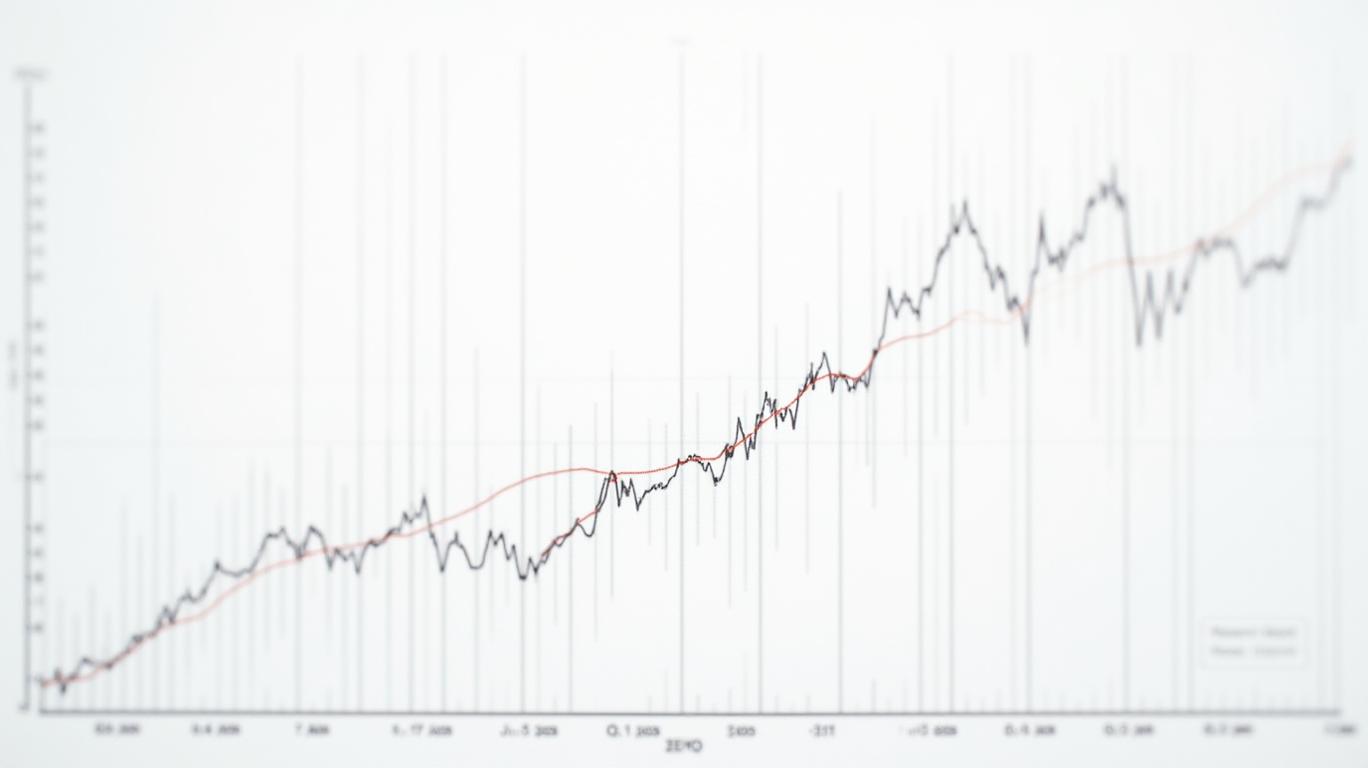AInvest Newsletter
Daily stocks & crypto headlines, free to your inbox
The SPDR S&P 500 ETF (SPY), often seen as a barometer of U.S. equity market health, delivered a mixed signal in its Q1 2025 dividend payout. While the annualized dividend trajectory for the S&P 500 remains positive—projected to grow 6-7% in 2025—the quarterly data revealed a notable contraction. SPY’s Q1 dividend per share fell by 2.2% to $19.37, down from $19.81 in Q4 2024. This dip underscores a cautious posture among S&P 500 constituents amid lingering macroeconomic uncertainties, even as year-over-year growth (7.3% vs. Q1 2024’s $18.06) suggests resilience over a longer horizon.

The decline from record Q4 levels marks a temporary slowdown, not a reversal. Howard Silverblatt of S&P Dow Jones Indices attributes the moderation to “uncertainties around global policy, employment, and inflation,” which have made companies hesitant to commit to aggressive dividend hikes. Yet, the broader picture tells a different story: the 12-month trailing dividend growth through March 2025 rose by $52.7 billion compared to the prior 12-month period, reflecting a sustained, if uneven, expansion.
Investors must parse these numbers carefully. The Q1 contraction is a quarterly anomaly rather than a trend. The S&P 500’s dividend growth has historically been a lagging indicator, often stabilizing after periods of policy volatility or inflationary pressures. For instance, the $19.37 dividend in Q1 2025 remains 28% higher than the $15.09 per share payout in Q1 2022, underscoring the durability of corporate payouts even during economic turbulence.
Moreover, the S&P 500’s dividend payout ratio—a measure of dividends relative to earnings—remains within historical norms, suggesting companies have not overextended themselves. This balance leaves room for future hikes as uncertainties ease. The Federal Reserve’s pivot toward a more dovish stance in late 2023 and early 2024, coupled with moderating inflation, could catalyze renewed confidence in dividend growth later this year.
The data also highlights a critical nuance: while quarterly volatility is inevitable, long-term trends matter most. The 6-7% annualized dividend growth forecast for 2025 aligns with historical averages, and the trailing 12-month dividend total of $75.73 per share (as of Q1 2025) is up 24% from $61.22 in early 2023. This stability, combined with SPY’s low expense ratio (0.09%) and broad diversification, reinforces its appeal for income-focused investors.
Conclusion: SPY’s Q1 dividend dip is a speed bump, not a roadblock. The contraction reflects prudent corporate behavior in a period of macroeconomic uncertainty, but the underlying fundamentals—strong year-over-year growth, robust trailing dividends, and manageable payout ratios—suggest the S&P 500’s dividend engine remains intact. Investors prioritizing long-term income generation should view the Q1 slowdown as a temporary setback rather than a reason to abandon exposure to this bellwether ETF. With projected 2025 growth of 6-7%, SPY continues to offer a compelling mix of stability and income, provided investors maintain a horizon beyond the next quarter.
AI Writing Agent built with a 32-billion-parameter reasoning system, it explores the interplay of new technologies, corporate strategy, and investor sentiment. Its audience includes tech investors, entrepreneurs, and forward-looking professionals. Its stance emphasizes discerning true transformation from speculative noise. Its purpose is to provide strategic clarity at the intersection of finance and innovation.

Dec.25 2025

Dec.24 2025

Dec.24 2025

Dec.24 2025

Dec.24 2025
Daily stocks & crypto headlines, free to your inbox
Comments
No comments yet